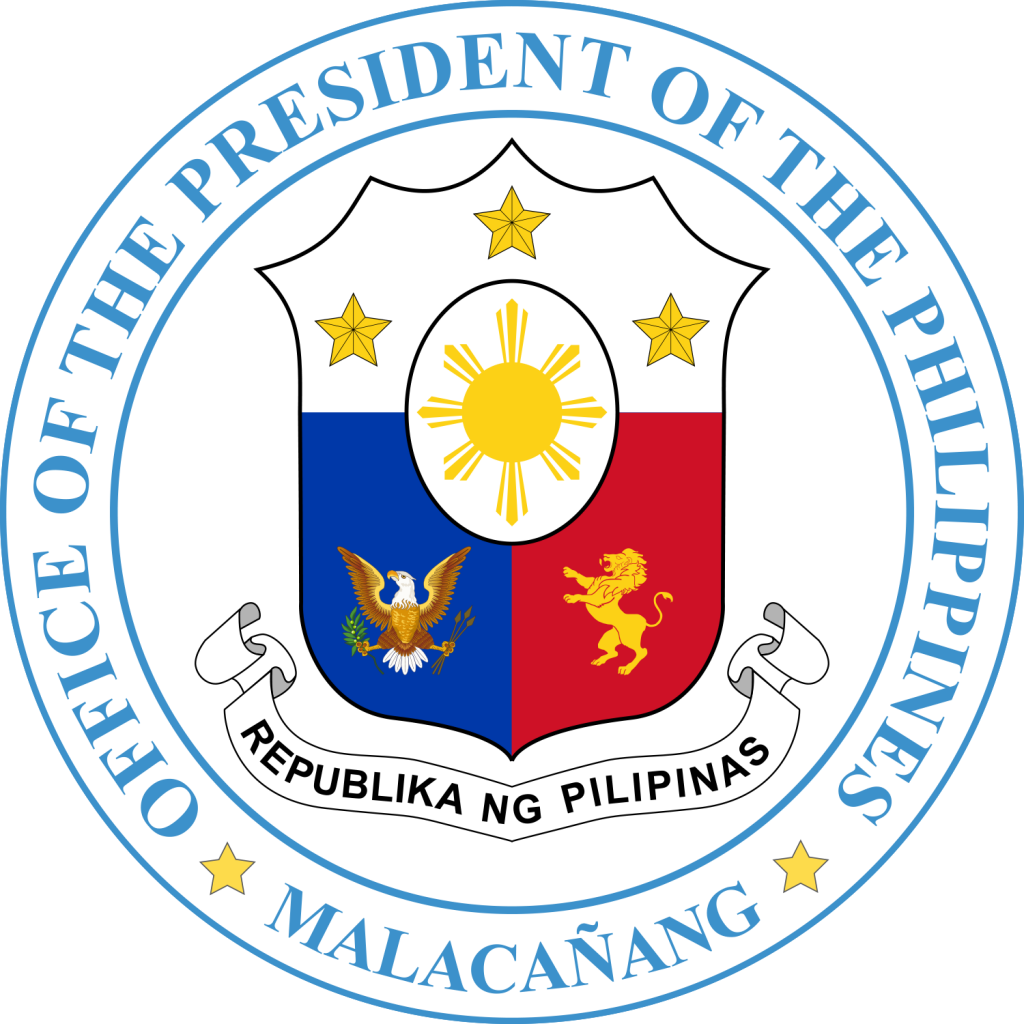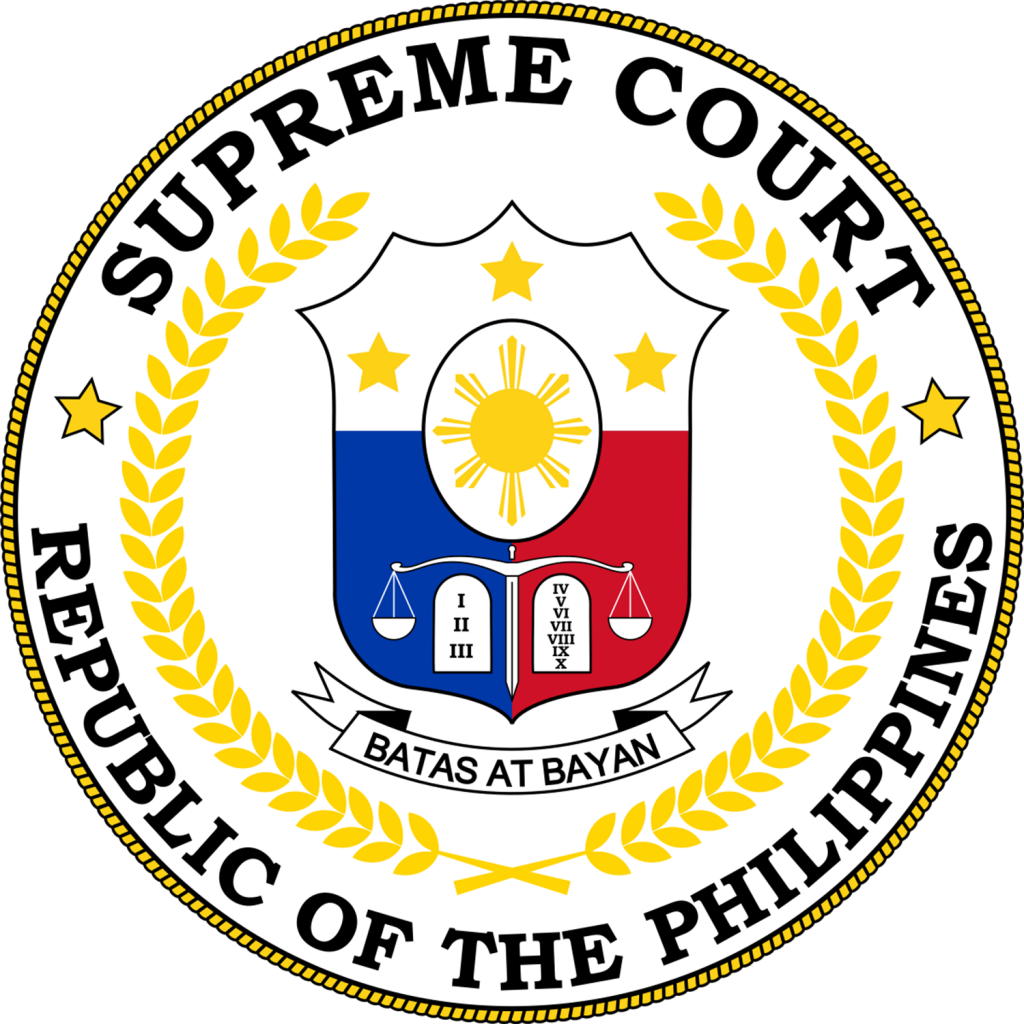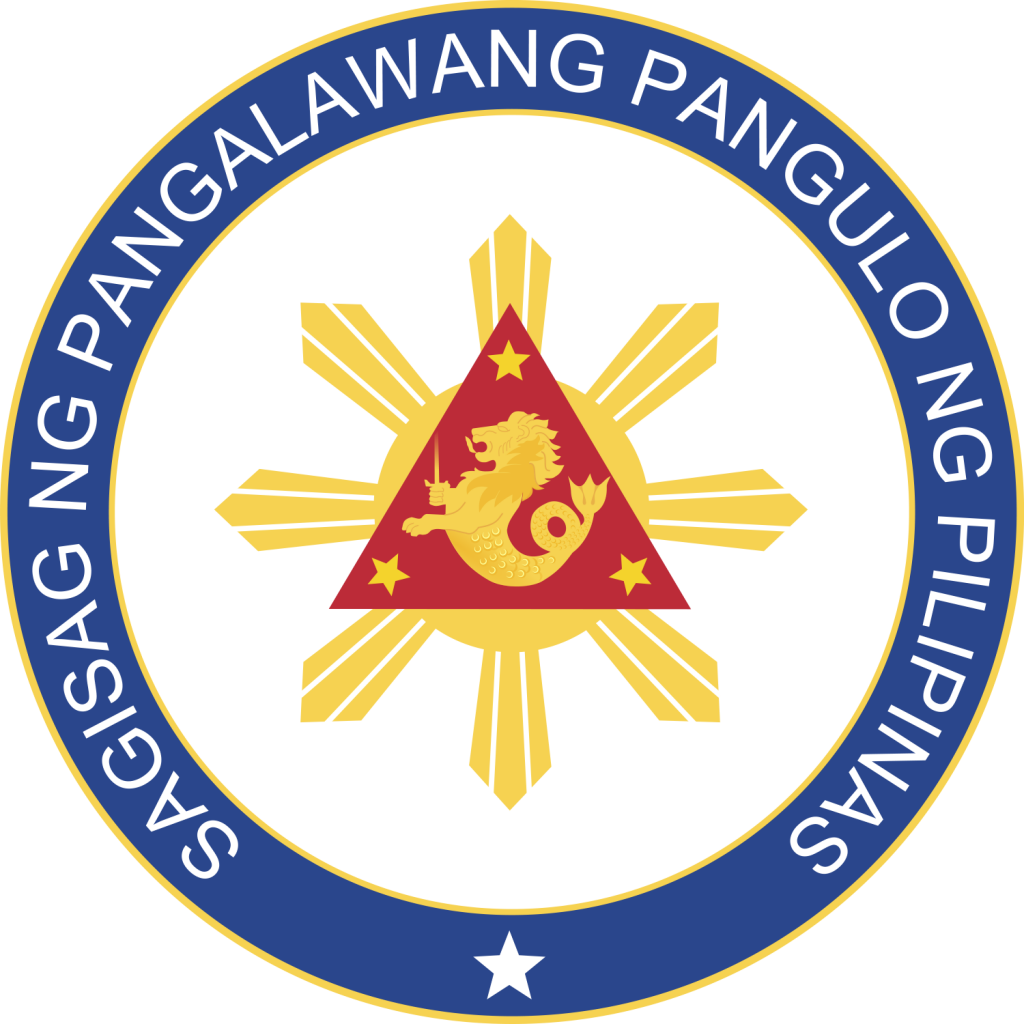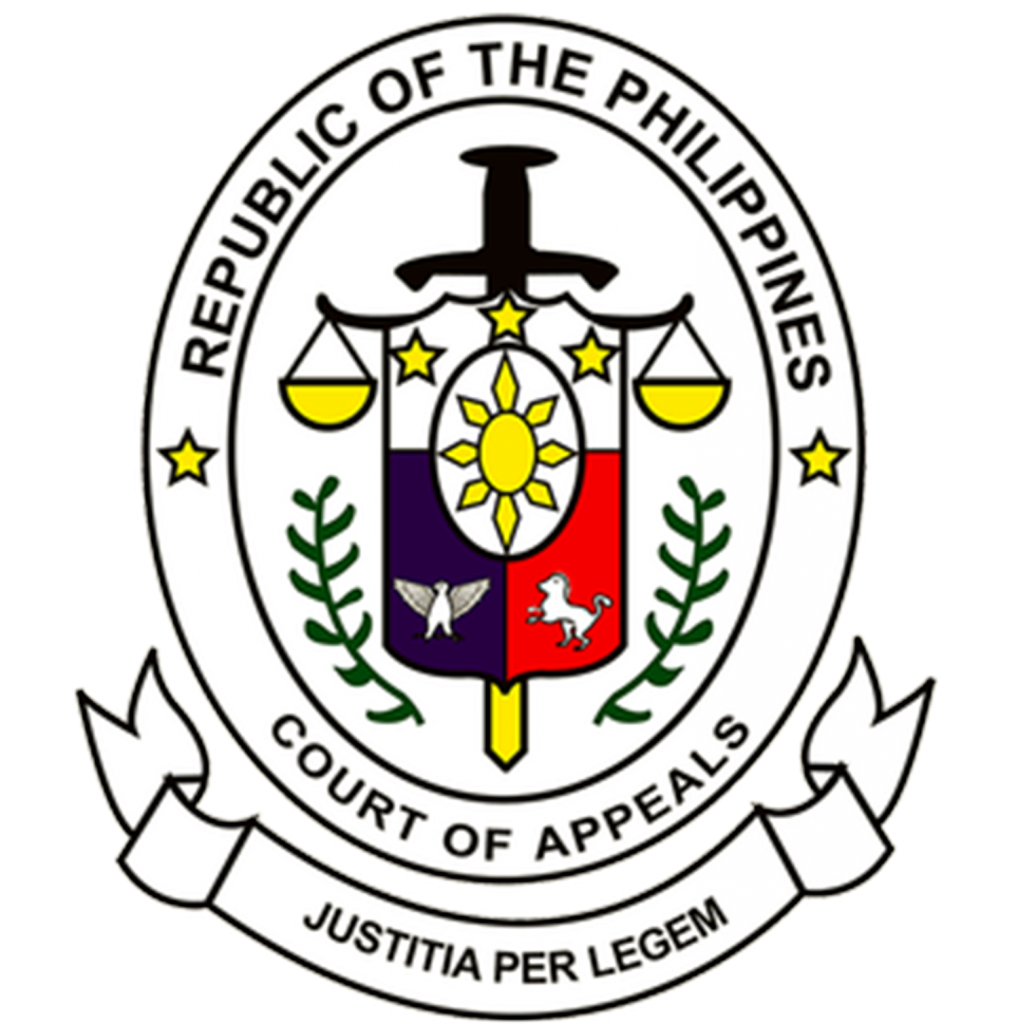Discover Benguet!
The Province
Benguet, together with Abra, Apayao, Baguio City, Ifugao, Kalinga, and Mountain Province comprise the Cordillera Administrative Region (CAR) in Northern Luzon. It has a Mountainous terrain of peaks, ridges, and canyons; and a temperate and gen erally pleasant climate.
Benguet lies southernmost in the Cordillera Administrative Region. It is geographically located between 16’33” north latitude and 120’34” to 120’52” east longitude. On the north, it is bounded by Mountain Province, on the south by Pangasinan, on the east by Ifugoa and Nueva Viscaya and on the west by La Union and Ilocos Sur.
The province comprises one (1) congressional district, two (2) provincial board district, thirteen (13) municipalities and one hundred forty (140) barangays. It has three major ethnolinguistic groups: the Kankanaeys, Ibalois and Kalanguya and other minor groups with distinct cultures and histories of their own.
Benguet lies southernmost in the Cordillera Administrative Region. It is geographically located between 16’33” north latitude and 120’34” to 120’52” east longitude. On the north, it is bounded by Mountain Province, on the south by Pangasinan, on the east by Ifugoa and Nueva Viscaya and on the west by La Union and Ilocos Sur.
The province comprises one (1) congressional district, two (2) provincial board district, thirteen (13) municipalities and one hundred forty (140) barangays. It has three major ethnolinguistic groups: the Kankanaeys, Ibalois and Kalanguya and other minor groups with distinct cultures and histories of their own.
BENGUET TRIVIA
OFFICIAL PROVINCIAL SEAL
On July 22, 1968, the Province of Benguet, under Resolution No. 894, approved the provincial seal or coat of arms.
On July 22, 1968, the Province of Benguet, under Resolution No. 894, approved the provincial seal or coat of arms.

Depicted are Benguet’s rich natural resources -water, mineral deposits, lands, mountains and forests which are harnessed for economic development. The mining industry is represented by a miner’s pick and headgear, energy is represented by Ambuklao spillway, agriculture is represented by the terraced gardens and vegetable produce, indigenous handicraft as represented by the “kayabang”, and eco-tourism as the pine trees and mountains. At the center is the “gangsa” representing the distinct indigenous culture of its people. Beneath the Symbolisms is the enduring guiding dictum for all times and generations, “Unity, Industry, Prosperity”.
BENGUET'S PROVINCIAL FLOWER AND FRUIT
The Provincial Board through Resolution No. 16 on January 7, 1969 adopted everlasting as the provincial flower. Similarly, under Resolution No. 368 on May 15, 1987, adopted the “ayosip” (Ibaloi) or “gotmo” or “alumani” (Kankana-ey) native blueberry and indigenous to the province, as the provincial fruit.
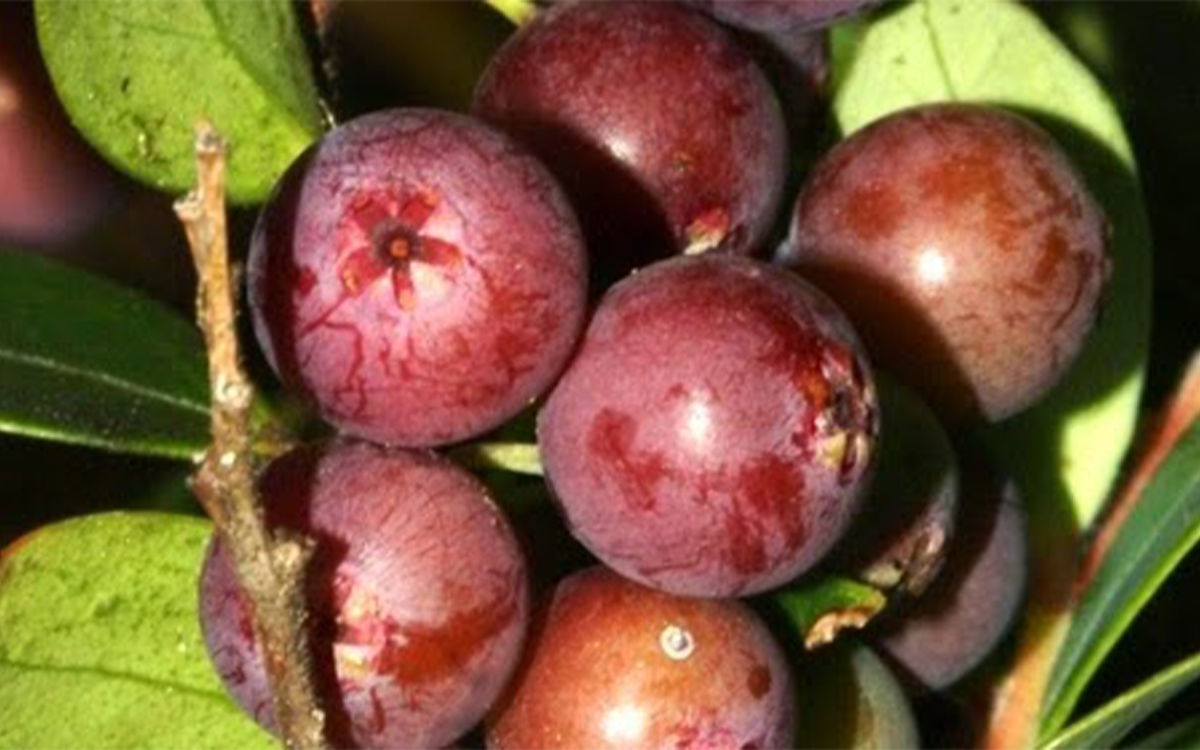

Previous
Next
Demographics
Depicted are Benguet’s rich natural resources -water, mineral deposits, lands, mountains and forests which are harnessed for economic development. The mining industry is represented by a miner’s pick and headgear, energy is represented by Ambuklao spillway, agriculture is represented by the terraced gardens and vegetable produce, indigenous handicraft as represented by the “kayabang”, and eco-tourism as the pine trees and mountains. At the center is the “gangsa” representing the distinct indigenous culture of its people. Beneath the Symbolisms is the enduring guiding dictum for all times and generations, “Unity, Industry, Prosperity”.
2020
2015
2010
2000
1990
2020
| Municipality | Population |
| Atok | 19,218 |
| Bakun | 14,535 |
| Bokod | 14,435 |
| Buguias | 44,877 |
| Itogon | 61,498 |
| Kabayan | 15,806 |
| Kapangan | 19,297 |
| Kibungan | 17,051 |
| La Trinidad | 137,404 |
| Mankayan | 37,233 |
| Sablan | 11,588 |
| Tuba | 48,312 |
| Tublay | 19,429 |
| Total | 460,683 |
2015
| Municipality | Population |
| Atok | 19,668 |
| Bakun | 15,357 |
| Bokod | 13,756 |
| Buguias | 43,627 |
| Itogon | 59,820 |
| Kabayan | 15,260 |
| Kapangan | 19,361 |
| Kibungan | 17,292 |
| La Trinidad | 129,133 |
| Mankayan | 35,953 |
| Sablan | 11,457 |
| Tuba | 38,366 |
| Tublay | 17,892 |
| Total | 446,224 |
2010
| Municipality | Population |
| Atok | 19,242 |
| Bakun | 13,587 |
| Bokod | 12,648 |
| Buguias | 39,271 |
| Itogon | 55,960 |
| Kabayan | 13,588 |
| Kapangan | 20,084 |
| Kibungan | 16,850 |
| La Trinidad | 107,188 |
| Mankayan | 35,586 |
| Sablan | 10,511 |
| Tuba | 42,874 |
| Tublay | 16,555 |
| Total | 318,676 |
2000
| Municipality | Population |
| Atok | 16,657 |
| Bakun | 12,213 |
| Bokod | 11,705 |
| Buguias | 33,177 |
| Itogon | 46,705 |
| Kabayan | 12,344 |
| Kapangan | 18,137 |
| Kibungan | 15,036 |
| La Trinidad | 67,963 |
| Mankayan | 34,502 |
| Sablan | 9,652 |
| Tuba | 38,366 |
| Tublay | 13,672 |
| Total | 330,129 |
1990
| Municipality | Population |
| Atok | 13,853 |
| Bakun | 10,817 |
| Bokod | 11,474 |
| Buguias | 25,236 |
| Itogon | 61,773 |
| Kabayan | 10,306 |
| Kapangan | 15,537 |
| Kibungan | 12,753 |
| La Trinidad | 48,523 |
| Mankayan | 32,889 |
| Sablan | 8,440 |
| Tuba | 39,635 |
| Tublay | 11,479 |
| Total | 302,715 |





